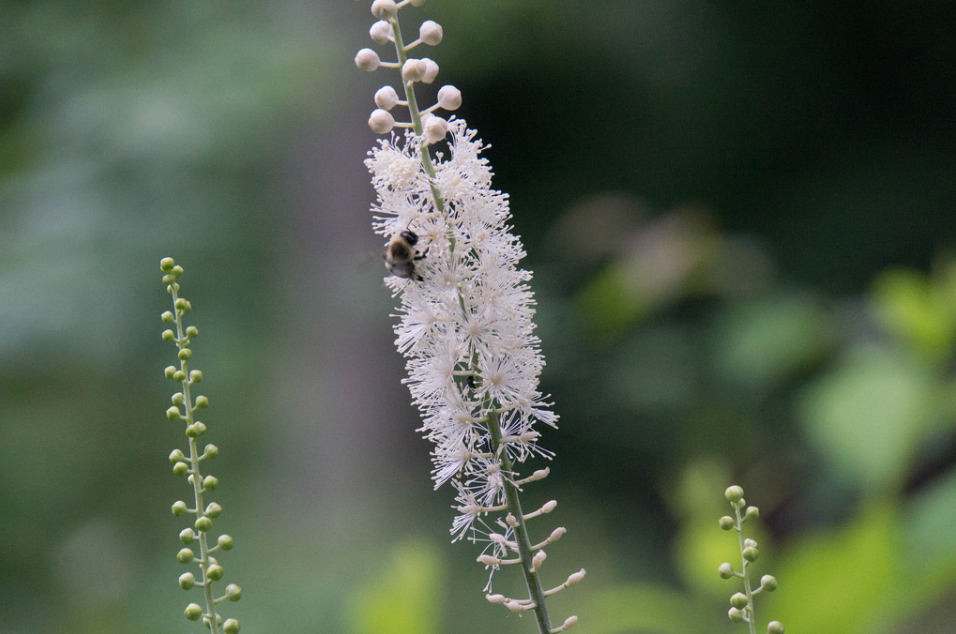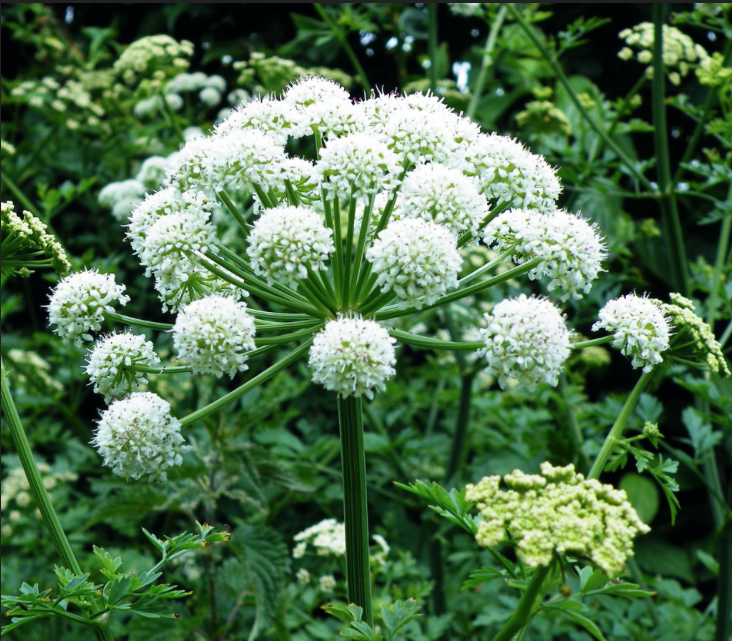Menopause can be a shaky tightrope walk in a woman’s life. It is an unavoidable bridge a woman must cross at some point in life, and it comes with its trials. Luckily our ancestors discovered that plants can help minimize menopausal symptoms. Below is a list of reliable herbs to help you get through menopause and its many symptoms.
Lemon balm
Lemon Balm is a well-known herb that’s usually readily available growing as a weed in your garden. It’s been used throughout history for a plethora of ailments. This is a great menopause herb to take because it’s safe and targets many symptoms. It relieves menopausal irritability and depression and relieves physical and mental tension related to menopause or PMS. It also promotes menstruation and eases menstrual cramps. The best part is that this herb at the same time treats side effects such as headaches, insomnia, indigestion, gas and nausea. Lemon Balm is known to flush out blood in the upper parts of the body like when a woman’s face is “flushed” or red, which is also a common menopause symptom. This herb is an anti-depressant and is also used in aromatherapy.
Licorice

Licorice works on eight of the body systems for a wide range of benefits and is known by herbalists as “The Great Adjunct” herb. This is because it is used to help other herbal medicines get to their destination safely and thus work better. Licorice enhances the benefits and reduce the toxicity of other herbal medicines in a formula. Licorice actually is the most commonly used herb in Traditional Chinese Medicine. Licorice root is an energy tonic and has many benefits for the body. Licorice balances estrogen levels whether low or high by altering estrogen metabolism. It also treats hot flashes, PMS, Candida, and uterine inflammation. This herb is very “building” to the female system. It also strengthens and tonifies the adrenals on an energetic level, assisting in balancing hormones.
Black Cohosh

Black Cohosh is well known as a great women’s herb. Generally, it is anti-inflammatory and works well for the cardiovascular system. It eases pains ranging from lower back, achy, dull or heavy muscle pain and arthritis, to cramps existing in any level of the abdominals. It’s slightly sedative and helps with nervousness and restlessness. Mainly, this herb’s primary actions are in the female reproductive system. Black cohosh treats the neurological difficulties during menopause. It relieves hot flashes, PMS, and irregular menstrual activity. It has also been used to facilitate childbirth by increasing uterine contractions. It soothes irritation and congestion of the uterus, cervix and vagina. It even has a beneficial effect on the thinning of the vagina wall and prevents atrophy. It balances hormones and menstrual irregularities and has even been used to treat nocturnal emissions for both male and females.
Angelica (Dong Quai)

Dong Quai is another that is primarily for women, but it can also be used for convalescing men. Dong Quai is a warming herb with blood building properties. It can be used to enhance the immune system treat insomnia and anemia. Mainly, Angelica is a mild phytoestrogen. It’s known to ease most menopausal complaints, PMS, cramps, and even remove scar tissue in the uterus. It stimulates menstrual bleeding and uterine contractions. But a word of advice, this herb is best taken in tincture form rather than a pill.
Red clover

Red Clover is a highly abundant herb found in grass. The leaves and flower tops are used to treat many internal imbalances. It is an antioxidant and is antispasmodic. Works great to cleanse the blood and lymph or lymph congestion, especially in the breast. It is also a phytoestrogen with strong qualities and is known for its estrogen receptor binding activity. It relieves most menopausal symptoms and hormone imbalances. This is a great herb to add to a salad regularly, as it also has anti-cancer properties.
Vitex

Vitex, also known as the chaste tree berry, is another great woman’s herb. This herb stimulates the pituitary gland in its relationship with female hormones. This produces more Luteinizing Hormone, which then causes a greater production of progesterone during the Luteal phase of the menstrual cycle. It also balances the estrogen and progesterone levels. 80% of women taking this herb for four months all experienced a 75% or better improvement of a wide array of PMS and menopausal symptoms in clinical trials. It’s very calming for the emotional distress stemming from menopausal depression. It helps to treat heavy menstrual bleeding, cramps, painful periods, amenorrhea, cervical dysplasia, endometriosis, ovarian cysts, uterine fibroids, infertility and even breast pain. It also increases milk production in women who are nursing. This herb needs to be taken long-term (3+ months) to be fully effective. This herb may also counter the effect of birth control pills.
Motherwort

Motherwort is another great herb that should be added to any menopause formula. Motherwort is more of a secondary adjunct herb for everything it helps to treat but that’s its strongest attribute. For menopause formulas it actually makes the rest of these herbs start working faster (especially Vitex which usually takes up to four months to begin working at its most powerful when taken alone). Motherwort is great for the cardiovascular system and the heart which is always recommended to keep in check during menopause. It helps with irritability from menopause or PMS, hot flashes, night sweats, anxiety and insomnia. It helps delayed or suppressed menstruation, encourages uterine contractions, tones uterine, eases uterine pain and inflammation, stops cramps and treats endometriosis. Combine this herb with the above herbs for the best results.
Also, some foods easy to incorporate in the diet that help with menopause are alfalfa sprouts and flax seeds. Dealing with menopause is like walking a tightrope and you can make it across with ease. All the herbs listed above are great individually but creating a formula can give you a broader effect. This is because every herb is unique, remember this when using natural medicine.


